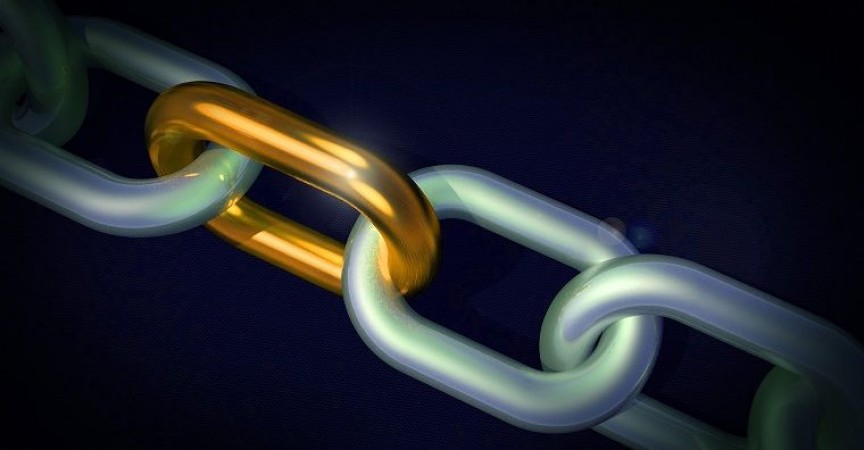
In the world of search engine optimization (SEO), internal linking is a powerful and often overlooked strategy that can significantly boost your website's visibility and search rankings. While most people focus on building external backlinks, internal linking plays a crucial role in enhancing user experience, establishing a clear site structure, and distributing authority across your web pages. In this comprehensive guide, we'll delve into the ins and outs of internal linking and provide actionable tips on how to leverage it to improve your website's SEO.
The Importance of Internal Linking for SEO
Internal linking offers numerous benefits for your website's SEO efforts. When implemented effectively, it can:
In the next sections, we'll dive deeper into the various types of internal links and provide actionable tips for incorporating them effectively.
Types of Internal Links
Hierarchy-Based Internal Links
These are the fundamental links that define the structure of your website. They often appear in your navigation menus and establish the main categories and subcategories of your content.
Contextual/Internal Content Links
These links are embedded within the body of your content and point to related articles or resources on your website. They provide additional information to the reader and encourage them to explore further.
Navigation/Internal Menu Links
Navigation links guide users through your site's architecture. They include menus, dropdowns, and other navigation elements that help users find their way around.
Related/Internal Resource Links
Placed within the content, these links direct users to relevant resources, such as product pages, guides, or tools, which can enhance their experience and provide additional value.
Best Practices for Effective Internal Linking
Prioritize Relevance and Context
When adding internal links, ensure they are contextually relevant to the content. Linking to unrelated pages can confuse both users and search engines.
Use Descriptive Anchor Text
The anchor text you choose for your internal links should accurately describe the linked page's content. Avoid generic phrases like "click here" and opt for descriptive, keyword-rich anchor text.
Leverage Cornerstone Content
Identify and link to your cornerstone content – comprehensive, authoritative pages that cover essential topics. This spreads authority throughout your site and establishes your expertise.
Maintain a Logical Site Structure
Organize your internal links in a logical manner that reflects your site's hierarchy. This aids in navigation and helps search engines understand your content's organization.
Limit the Number of Links
While internal linking is beneficial, overcrowding your content with links can dilute their impact. Prioritize quality over quantity.
Fix Broken Links
Regularly audit your internal links and fix any broken ones. Broken links can harm user experience and hinder search engine crawling.
Internal Linking and User Experience
Internal linking has a profound impact on user experience, contributing to:
Enhanced Navigation
Well-placed internal links guide users to relevant content, helping them easily navigate your website.
Increased Time on Site
Engaging internal links encourage users to explore multiple pages, increasing their overall time spent on your site.
Reduced Bounce Rates
Relevant internal links entice users to click through to other pages, lowering bounce rates and improving engagement.
Seamless Content Discovery
Strategic internal links introduce users to valuable content they might have otherwise missed, improving their overall experience.
Internal Linking and Page Authority
Effective internal linking strategies can significantly impact your page's authority and search rankings by:
Spreading Link Equity
Internal links distribute authority across your site, boosting the SEO value of linked pages.
Boosting Lower-Performing Pages
Linking to pages with lower traffic or rankings can help elevate their visibility and authority.
Establishing Topical Relevance
Internal links signal to search engines the relationships between different pieces of content, reinforcing your site's topical authority.
Case Studies: Successful Internal Linking Strategies
E-commerce Website
An e-commerce site can improve cross-selling by strategically linking related products, leading to increased average order values.
Blogging Platform
A blogging platform can enhance user engagement by linking to previous and related blog posts, encouraging readers to explore more content.
Service-Based Website
A service-based website can use internal links to guide visitors through different service offerings, helping them find the information they need.
Monitoring and Optimizing Internal Links
Using Google Search Console
Google Search Console provides insights into how Google crawls and indexes your site, helping you identify and fix internal linking issues.
Analyzing User Behavior
Monitor user behavior and engagement metrics to understand which internal links are resonating with your audience.
A/B Testing Internal Link Placements
Experiment with different internal link placements to determine which ones drive the most clicks and engagement.
Incorporating a robust internal linking strategy is a fundamental aspect of effective SEO. By connecting your web pages strategically, you can enhance user experience, improve page authority, and contribute to higher search engine rankings. Remember to prioritize relevance, maintain a logical site structure, and consistently monitor and optimize your internal links for the best results.
Achieving Your Dream Home: When and How to Start Saving for a Down Payment